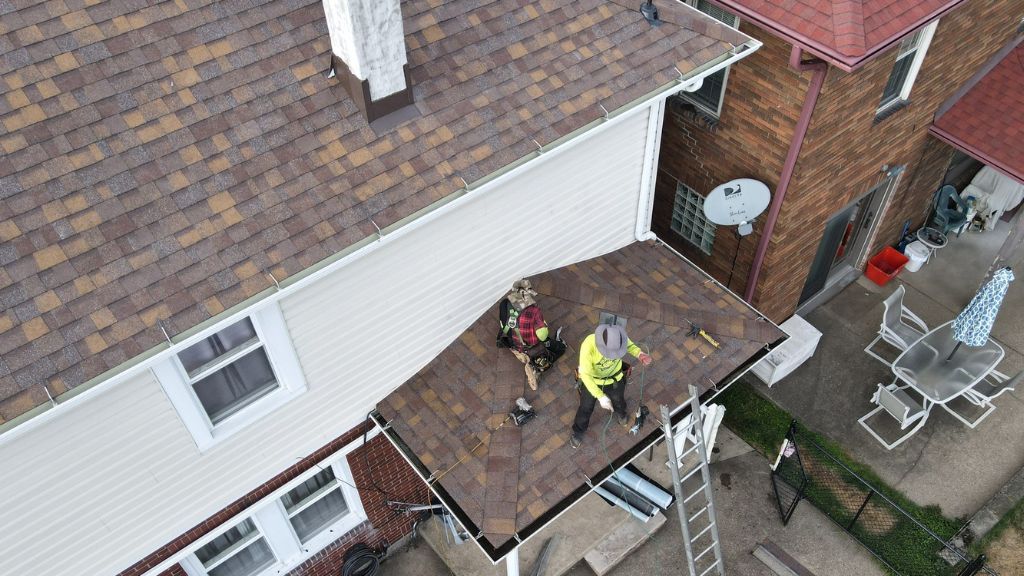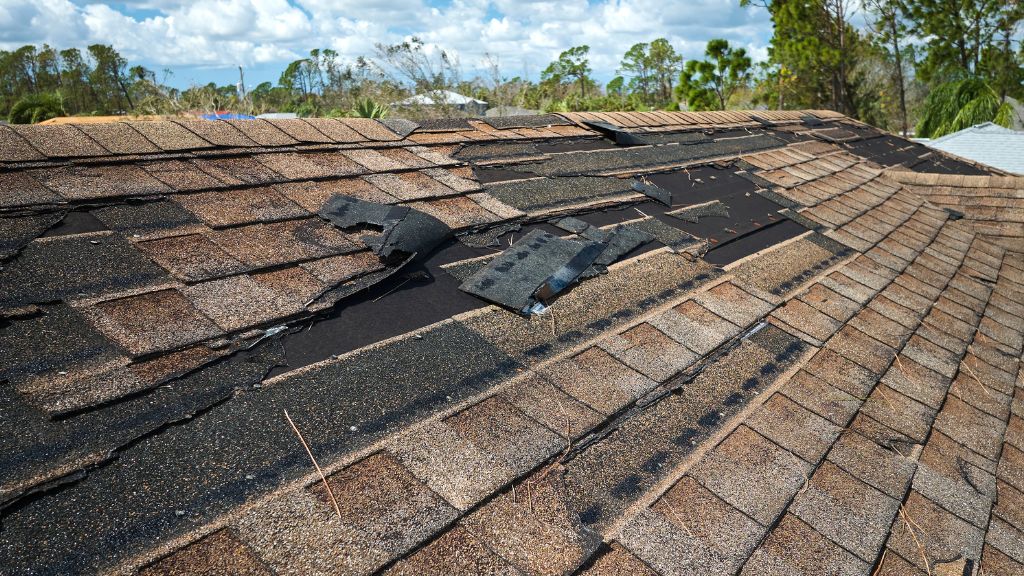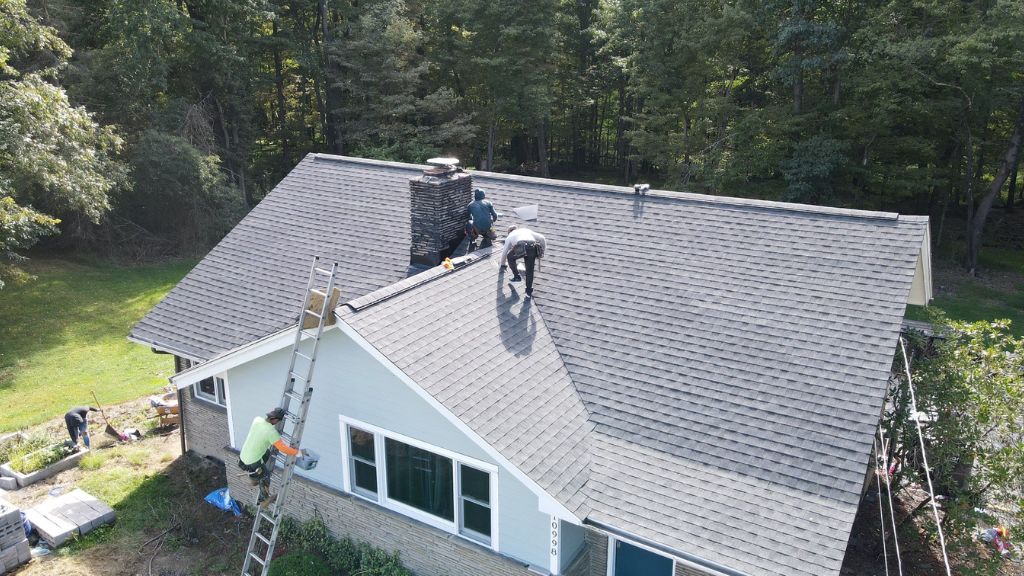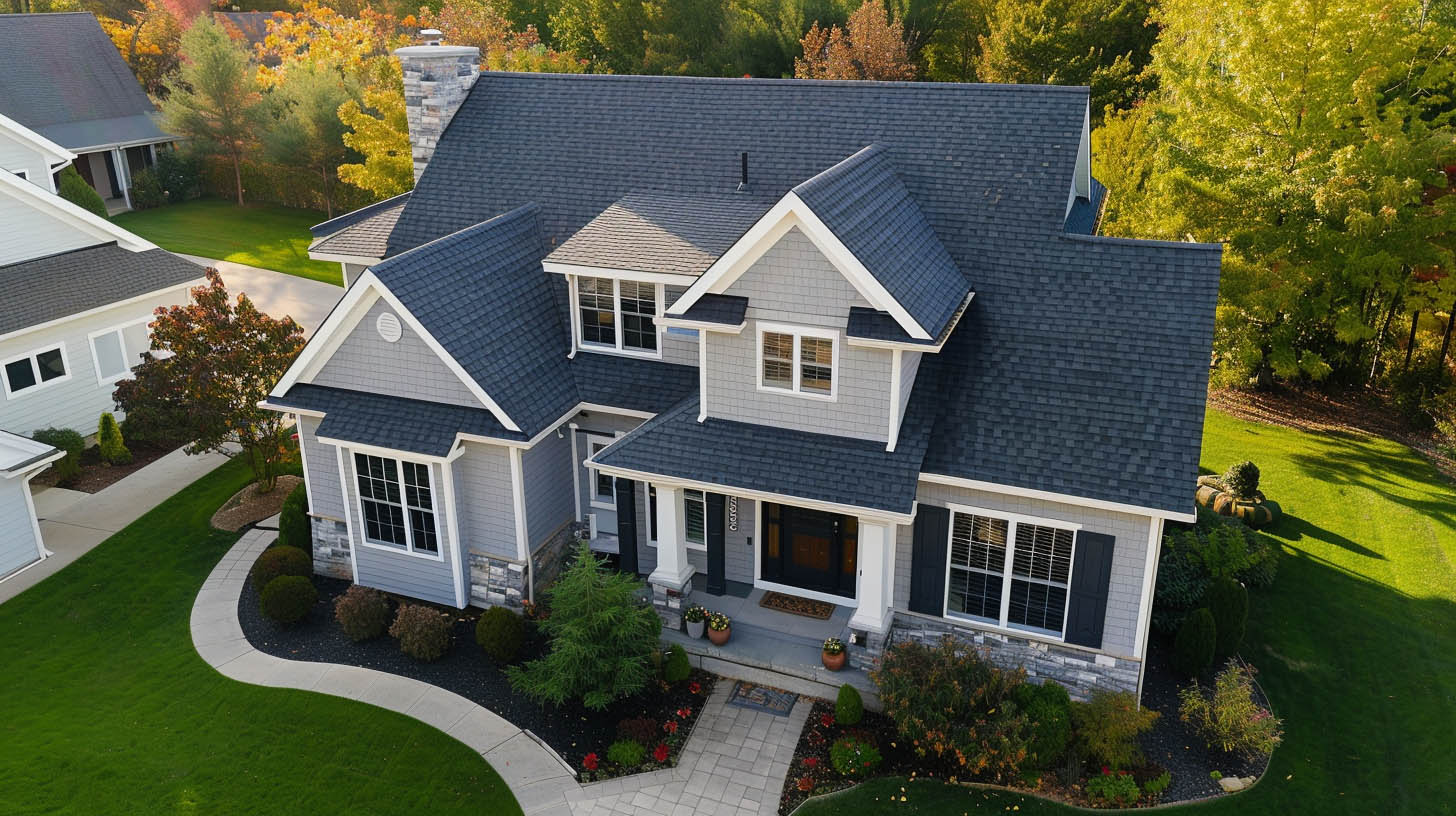
Signs Your Roof is Due for Replacement: How to Know When it’s Time

Factors to Consider Before Replacing Your Roof
Before replacing your roof, there are several factors that you should consider to make the most informed decision. First and foremost, you should consider the age of your current roof. Most asphalt shingle roofs last between 15 and 25 years, so if your roof is nearing the end of its lifespan, it may be more cost-effective to replace it rather than continuously repairing it. Another factor to consider is the extent of the damage to your roof. If your roof only has minor damage, such as a few missing or damaged shingles, a repair may suffice. However, if there is extensive damage, such as widespread leaks or structural damage, a replacement may be necessary.Roof Replacement: The Seasonal Breakdown for Maximum Efficiency and Savings

Spring/Summer Vs. Winter
By taking the below seasonal factors into consideration, you can ensure that your roof replacement is completed with maximum efficiency and cost-effectiveness:- Spring/Summer months with dry and mild weather are optimal for roof replacement.
- Avoid replacing your roof during the winter months in colder climates.
- Avoid peak storm season in areas prone to hurricanes or extreme weather events.
- Proper timing can ensure proper sealing and adhesion of materials, resulting in a more effective and long-lasting roof replacement.


